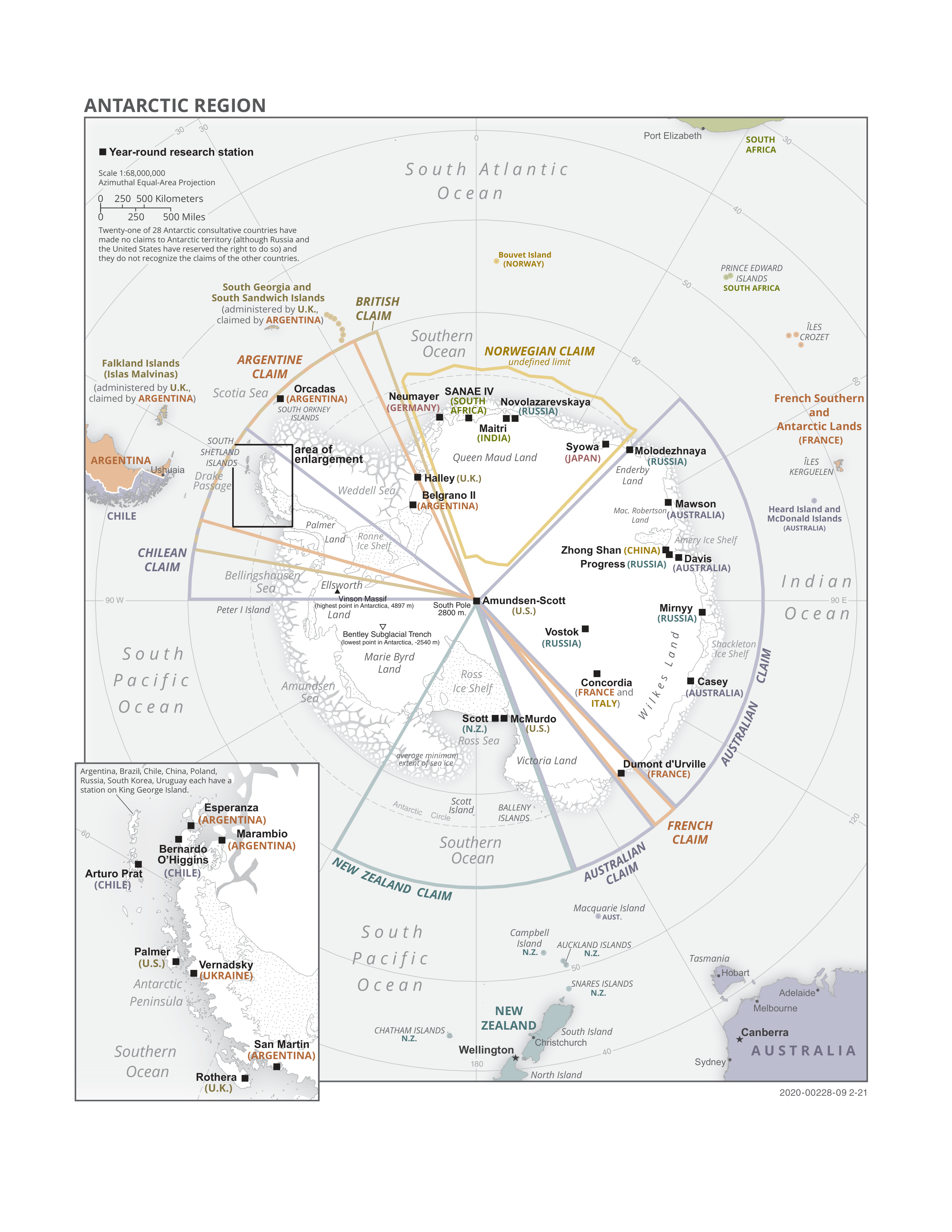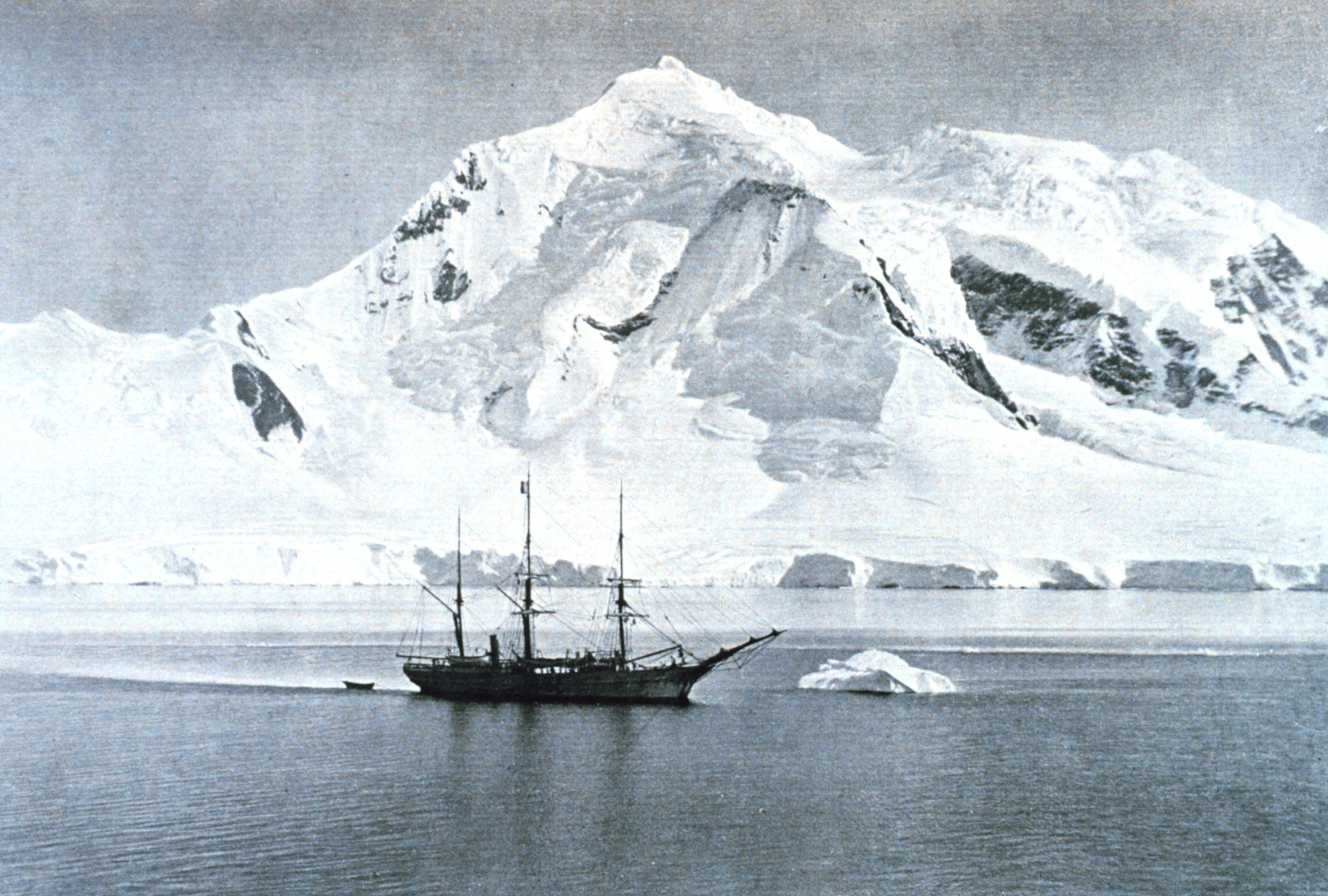|
Gand Island
Gand Island, also Ghent Island or Genteiland in Dutch is an ice-covered island, long and wide, lying at the north end of Schollaert Channel, between Anvers Island and Brabant Island in the Palmer Archipelago. It was discovered by the Belgian Antarctic Expedition, 1897–99, and named by Adrian de Gerlache after "Gand", the French form of Ghent, a city in Belgium where subscription drives were held to help finance the expedition. See also * List of Antarctic and sub-Antarctic islands External links Info en photo's from the expedition to Ghent Island (29 januari 2008) Gand Island on USGS website Gand Islandon AADC website Gand Islandon SCAR A scar (or scar tissue) is an area of fibrous tissue that replaces normal skin after an injury. Scars result from the biological process of wound repair in the skin, as well as in other organs, and tissues of the body. Thus, scarring is a na ... website Satellite image of the area of Gand Islandlong term weather forecast for Gand ... [...More Info...] [...Related Items...] OR: [Wikipedia] [Google] [Baidu] |
Antarctica
Antarctica () is Earth's southernmost and least-populated continent. Situated almost entirely south of the Antarctic Circle and surrounded by the Southern Ocean, it contains the geographic South Pole. Antarctica is the fifth-largest continent, being about 40% larger than Europe, and has an area of . Most of Antarctica is covered by the Antarctic ice sheet, with an average thickness of . Antarctica is, on average, the coldest, driest, and windiest of the continents, and it has the highest average elevation. It is mainly a polar desert, with annual precipitation of over along the coast and far less inland. About 70% of the world's freshwater reserves are frozen in Antarctica, which, if melted, would raise global sea levels by almost . Antarctica holds the record for the lowest measured temperature on Earth, . The coastal regions can reach temperatures over in summer. Native species of animals include mites, nematodes, penguins, seals and tardigrades. Where ve ... [...More Info...] [...Related Items...] OR: [Wikipedia] [Google] [Baidu] |
Palmer Archipelago
Palmer Archipelago, also known as Antarctic Archipelago, Archipiélago Palmer, Antarktiske Arkipel or Palmer Inseln, is a group of islands off the northwestern coast of the Antarctic Peninsula. It extends from Tower Island in the north to Anvers Island in the south. It is separated by the Gerlache and Bismarck straits from the Antarctic Peninsula and Wilhelm Archipelago, respectively. Palmer Archipelago is located at . History Adrien de Gerlache, leader of the Belgian Antarctic Expedition (1897–1899), discovered the archipelago in 1898. He named it Archipelago Palmer for American Captain Nathaniel Palmer, who navigated these waters in 1820. Both Argentina and the United Kingdom The United Kingdom of Great Britain and Northern Ireland, commonly known as the United Kingdom (UK) or Britain, is a country in Europe, off the north-western coast of the European mainland, continental mainland. It comprises England, Scotlan ... have operated research stations there. Isla ... [...More Info...] [...Related Items...] OR: [Wikipedia] [Google] [Baidu] |
Antarctic Treaty System
russian: link=no, Договор об Антарктике es, link=no, Tratado Antártico , name = Antarctic Treaty System , image = Flag of the Antarctic Treaty.svgborder , image_width = 180px , caption = Flag of the Antarctic Treaty System , type = Condominium , date_drafted = , date_signed = December 1, 1959"Antarctic Treaty" in '' The New Encyclopædia Britannica''. Chicago: Encyclopædia Britannica Inc., 15th edn., 1992, Vol. 1, p. 439. , location_signed = Washington, D.C., United States , date_sealed = , date_effective = June 23, 1961 , condition_effective = Ratification of all 12 signatories , date_expiration = , signatories = 12 , parties = 55 , depositor = Federal government of the United States , languages = English, French, Russian, and Spanish , wikisource = Antarctic Treaty The Antarctic Treaty a ... [...More Info...] [...Related Items...] OR: [Wikipedia] [Google] [Baidu] |
Schollaert Channel
Schollaert Channel () is a channel in the Antarctic between Anvers Island on the southwest and Brabant Island on the northeast, connecting Dallmann Bay Dallmann Bay is a bay lying between Brabant Island and Anvers Island, connected to Gerlache Strait by the Schollaert Channel, in the Palmer Archipelago. It was discovered and first roughly charted in 1874 by the German whaler Captain Eduard Dallman ... and Gerlache Strait, in the Palmer Archipelago. It was discovered in 1898 by the Belgian Antarctic Expedition under Gerlache, who named it for the Belgian statesman Frans Schollaert. See also * Gerlache Strait Geology Straits of the Palmer Archipelago {{PalmerArchipelago-geo-stub ... [...More Info...] [...Related Items...] OR: [Wikipedia] [Google] [Baidu] |
Anvers Island
Anvers Island or Antwerp Island or Antwerpen Island or Isla Amberes is a high, mountainous island long, the largest in the Palmer Archipelago of Antarctica. It was discovered by John Biscoe in 1832 and named in 1898 by the Belgian Antarctic Expedition under Adrien de Gerlache after the province of Antwerp in Belgium. It lies south-west of Brabant Island at the south-western end of the group. The south-western coastline of the island forms part of the Southwest Anvers Island and Palmer Basin Antarctic Specially Managed Area (ASMA 7). Cormorant Island, an Important Bird Area, lies 1 km off the south coast. Palmer Station The Palmer Station on Anvers Island is located at () and is Antarctica's only U.S. station north of the Antarctic Circle. Construction finished in 1968. Around 50 people can inhabit Palmer Station at one time. The station is named for Nathaniel B. Palmer, likely to have been one of the first three persons to see Antarctica. There are scien ... [...More Info...] [...Related Items...] OR: [Wikipedia] [Google] [Baidu] |
Brabant Island
Brabant Island is the second largest island of the Palmer Archipelago within the British Antarctic Territory, lying between Anvers Island and Liège Island. Brabant Island is long north-south, wide, and rises to in Mount Parry. The interior of the island is occupied by two mountain ranges, Solvay Mountains ( Cook Summit, 1590 m) in its southern part and Stribog Mountains (summit Mount Parry) in its central and northern parts. It was named by the Belgian Antarctic Expedition (1897–1899) under Adrien de Gerlache, who named it after the Belgian Province of Brabant, in recognition of the support given to the expedition by its citizens. A paper summarizing the Joint Services expedition of 1984–1985 describes the island as "notoriously inhospitable" and states that there is evidence for only six visits between the discovery in 1898 and 1984. Members of the expedition overwintered there in 1984–1985, and made the first ascent of Mount Parry. Geology The Brabant Island ... [...More Info...] [...Related Items...] OR: [Wikipedia] [Google] [Baidu] |
Belgian Antarctic Expedition
The Belgian Antarctic Expedition of 1897–1899 was the first expedition to winter in the Antarctic region. Led by Adrien de Gerlache de Gomery aboard the RV ''Belgica'', it was the first Belgian Antarctic expedition and is considered the first expedition of the Heroic Age of Antarctic Exploration. Among its members were Frederick Cook and Roald Amundsen, explorers who would later attempt the respective conquests of the North and South Poles. Preparation and surveying In 1896, after a period of intensive lobbying, Adrien Victor Joseph de Gerlache de Gomery purchased the Norwegian-built whaling ship ''Patria'', which, following an extensive refit, he renamed . Gerlache had worked together with the Geographical Society of Brussels to organize a national subscription, but was able to outfit his expedition only after the Belgian government voted in favor of two large subsidies, making it a state-supported undertaking. With a multinational crew that included Roald Amundsen from ... [...More Info...] [...Related Items...] OR: [Wikipedia] [Google] [Baidu] |
Adrian De Gerlache
Baron Adrien Victor Joseph de Gerlache de Gomery (; 2 August 1866 – 4 December 1934) was a Belgian officer in the Belgian Royal Navy who led the Belgian Antarctic Expedition of 1897–99. Early years Born in Hasselt in eastern Belgium as the son of an army officer, de Gerlache was educated in Brussels. From a young age he was deeply attracted by the sea, and made three voyages in 1883 and 1884 to the United States as a cabin boy on an ocean liner. He studied Engineering at the Free University of Brussels. After finishing his third year in 1885, he quit the university and joined the Belgian Navy on 19 January 1886. After graduating from the nautical college of Ostend he worked on fishery protection vessels as second and third lieutenant. In October 1887 he signed on as seaman on the ''Craigie Burn'', an English ship, for a voyage to San Francisco, but the ship failed to round Cape Horn and was sold for scrap in Montevideo. He returned to Europe after spending time in Uruguay ... [...More Info...] [...Related Items...] OR: [Wikipedia] [Google] [Baidu] |
Ghent
Ghent ( nl, Gent ; french: Gand ; traditional English: Gaunt) is a city and a Municipalities of Belgium, municipality in the Flemish Region of Belgium. It is the capital and largest city of the East Flanders province, and the third largest in the country, exceeded in size only by Brussels and Antwerp. It is a Port of Ghent, port and Ghent University, university city. The city originally started as a settlement at the confluence of the Rivers Scheldt and Leie and in the Late Middle Ages became one of the largest and richest cities of northern Europe, with some 50,000 people in 1300. The municipality comprises the city of Ghent proper and the surrounding suburbs of Afsnee, Desteldonk, Drongen, Gentbrugge, Ledeberg, Mariakerke (East Flanders), Mariakerke, Mendonk, Oostakker, Sint-Amandsberg, Sint-Denijs-Westrem, Sint-Kruis-Winkel, Wondelgem and Zwijnaarde. With 262,219 inhabitants at the beginning of 2019, Ghent is Belgium's second largest municipality by number of inhabitants ... [...More Info...] [...Related Items...] OR: [Wikipedia] [Google] [Baidu] |
USGS
The United States Geological Survey (USGS), formerly simply known as the Geological Survey, is a scientific agency of the United States government. The scientists of the USGS study the landscape of the United States, its natural resources, and the natural hazards that threaten it. The organization's work spans the disciplines of biology, geography, geology, and hydrology. The USGS is a fact-finding research organization with no regulatory responsibility. The agency was founded on March 3, 1879. The USGS is a bureau of the United States Department of the Interior; it is that department's sole scientific agency. The USGS employs approximately 8,670 people and is headquartered in Reston, Virginia. The USGS also has major offices near Lakewood, Colorado, at the Denver Federal Center, and Menlo Park, California. The current motto of the USGS, in use since August 1997, is "science for a changing world". The agency's previous slogan, adopted on the occasion of its hundredth ... [...More Info...] [...Related Items...] OR: [Wikipedia] [Google] [Baidu] |
Australian Antarctic Data Centre
The Australian Antarctic Data Centre is a section of the Australian Antarctic Division, which forms part of the Australian Government, Commonwealth of Australia, in the Department of the Environment and Energy. AADC services form the backbone of data collection and data management in Australia's Antarctic Science Program. Services * Managing science data from Australia's Antarctic research (acquiring, indexing, storing, disseminating, linking and data mining) * Mapping Australia's areas of interest in the Antarctic region * Managing Australia's Antarctic state of the environment reporting * Fabricating, installing and managing Australia's Antarctic station tide gauges * Providing advice and education and a range of other products Purpose The AADC undertakes its role in alignment with the National Antarctic data management policy. Scientific data are key (and highly valuable) outputs of Australia's Antarctic Science Program and therefore should be managed for posterity. A ... [...More Info...] [...Related Items...] OR: [Wikipedia] [Google] [Baidu] |




